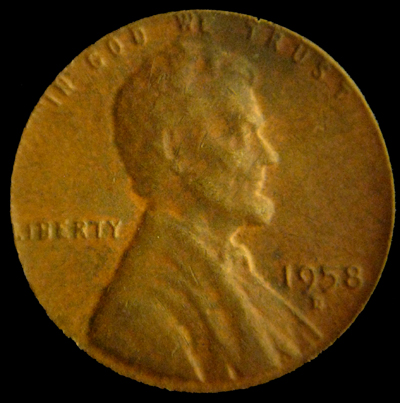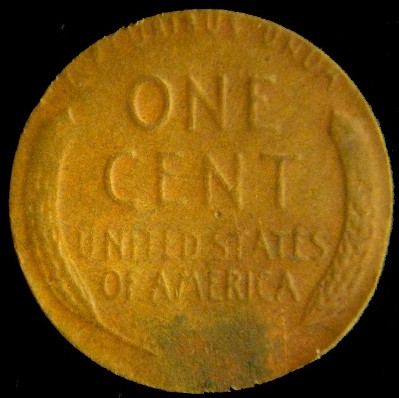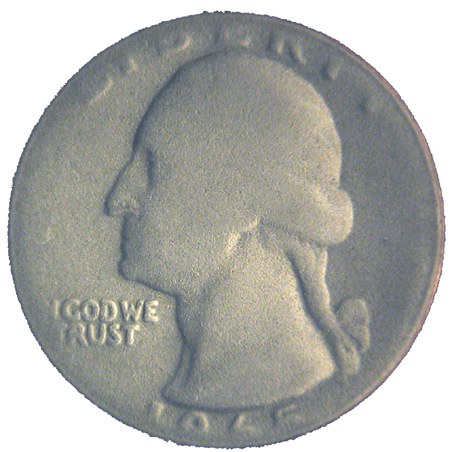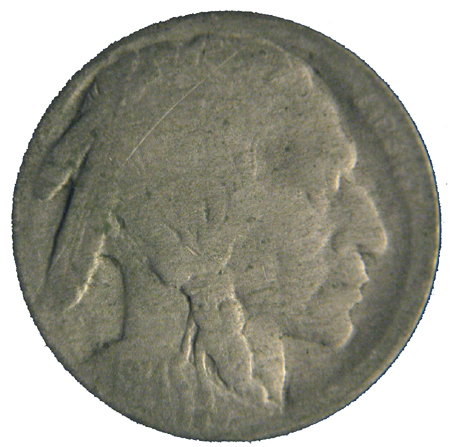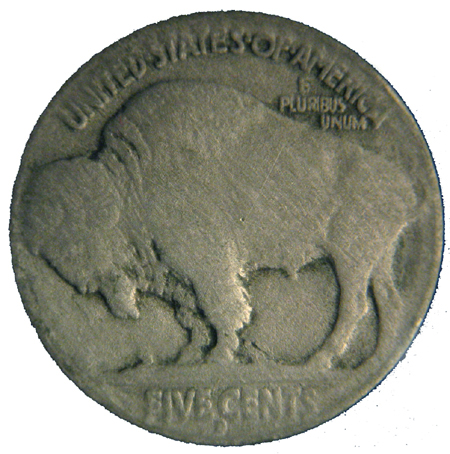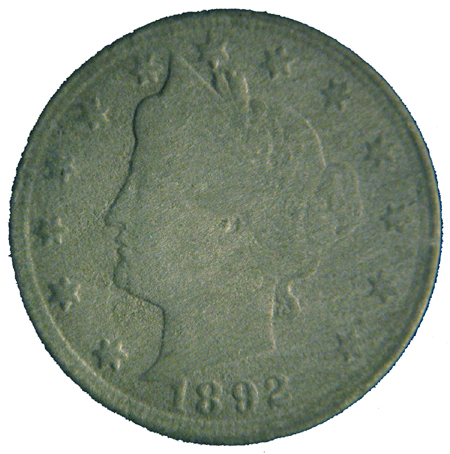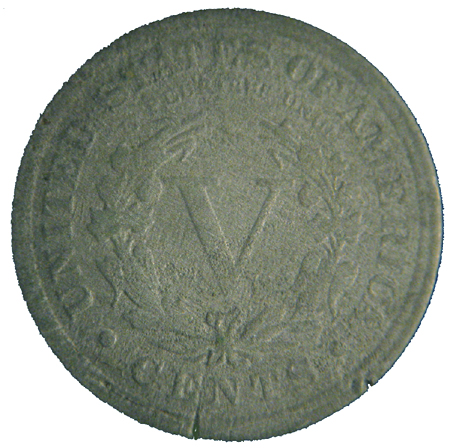PART V. Planchet Errors:
Bi-metallic Errors:
Wrong Core inserted
Definition: Bi-metallic error coins are restricted to foreign countries. These coins may experience any of the many types of striking errors listed in the Error-Variety Ready Reference however, one must understand we are dealing with two components, a ring & a core. Any number of exotic possibilities or combinations of die varieties, die errors, planchet errors & striking errors can be found on bi-metallic coinage.
An incorrect core is wrongly inserted into the ring center hole. Occurrences are extremely rare.
A 2006 two pound technology from Great Britain having a steel core inserted before strike. (Core is strongly attracted to a magnet).
The weight of this error coin is 9.23 g, well below the 12.0 g for a normal bi-metallic of this series.
A normal two pound core consists of the following composition and weight:
Two pound core 75% Copper, 25% Nickel Core – 6.0 g
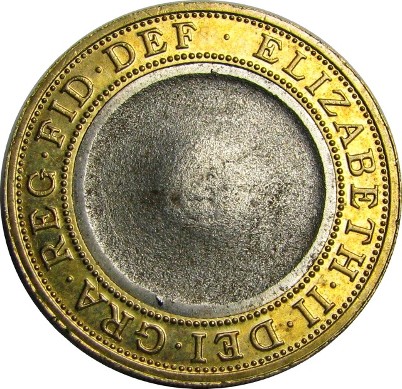
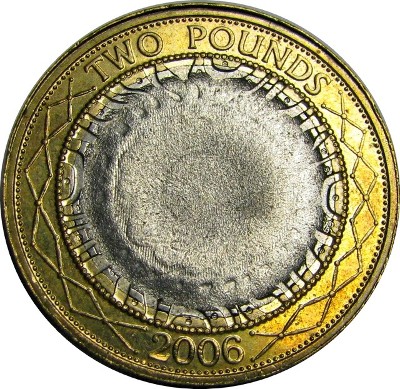
A 2005 Chilean 100 Pesos having an aluminum core inserted before strike.
The weight of this error coin is 3.94 g, well below the 7.58 g for a normal bi-metallic of this series.
A normal 100 pesos core consists of the following composition and weight: 100 Pesos Core 70% Copper, 15% Nickel, 15% Zinc Core – 4.20g
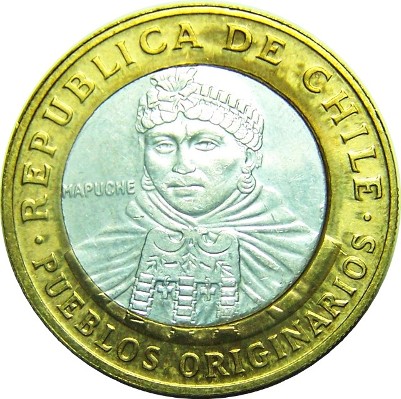
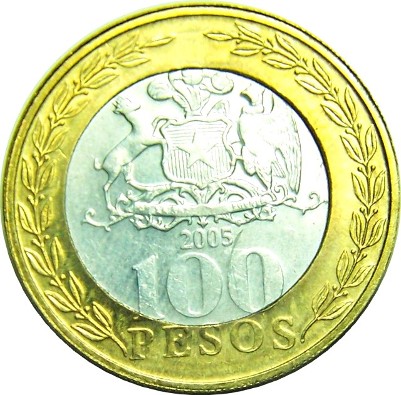
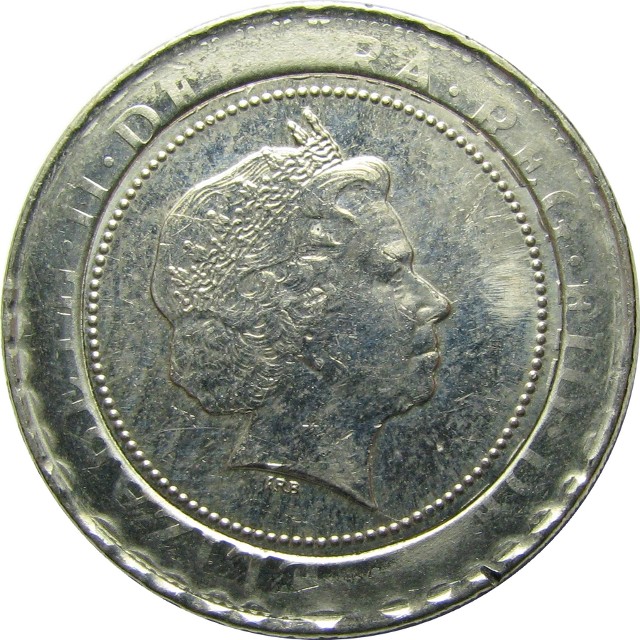
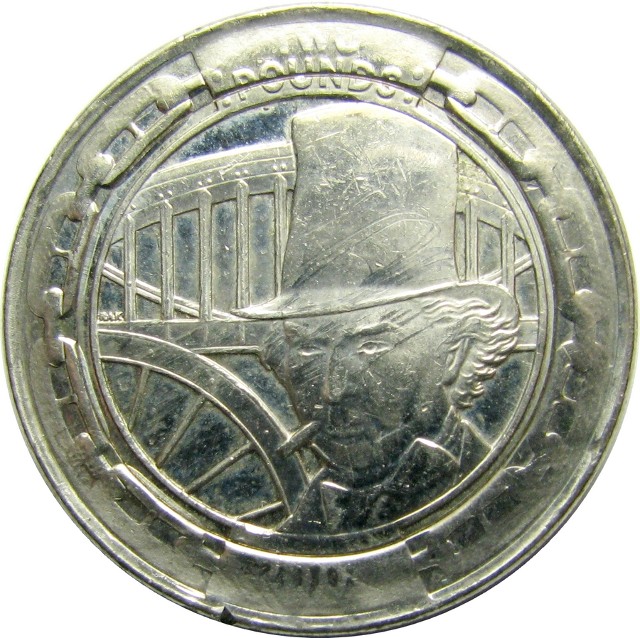
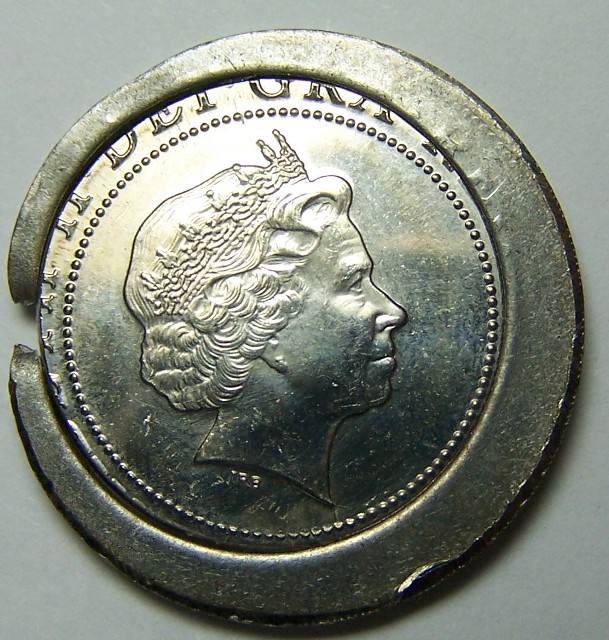
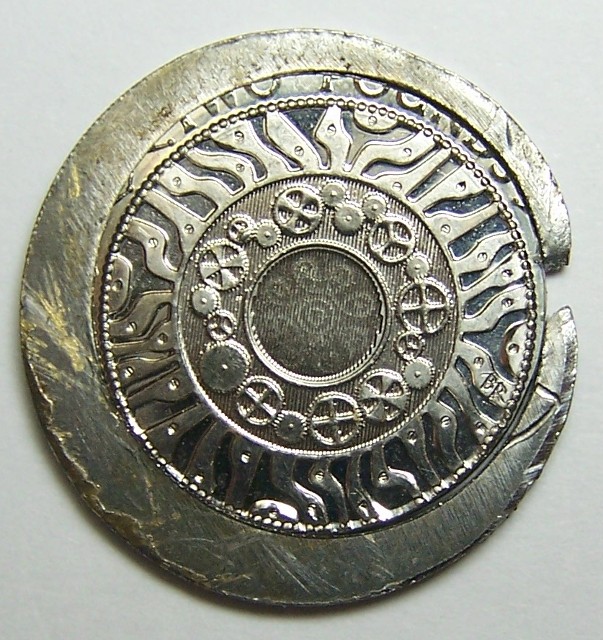
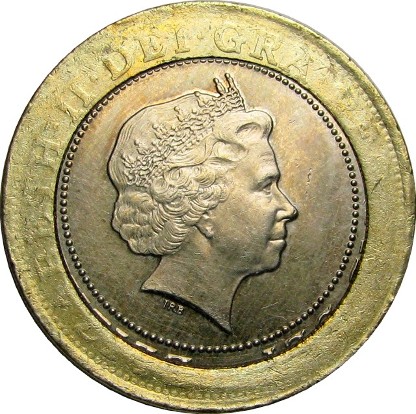
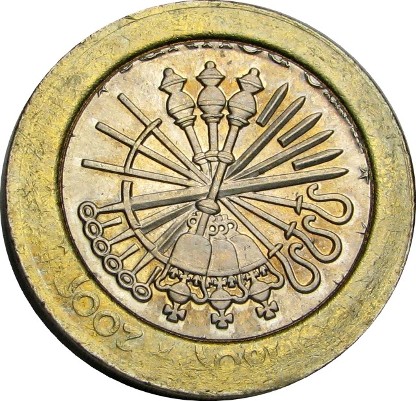

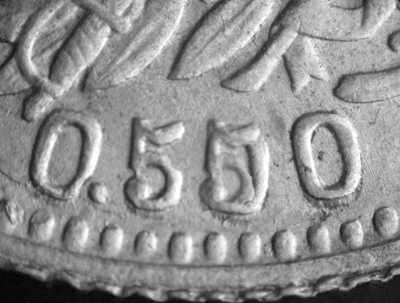
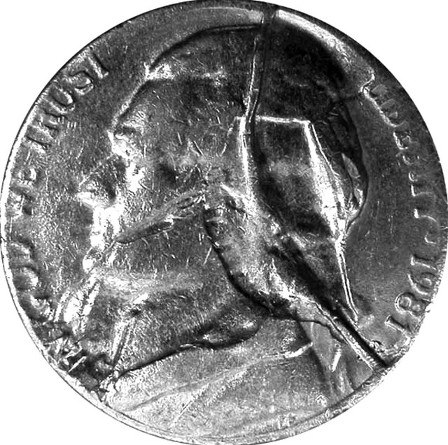
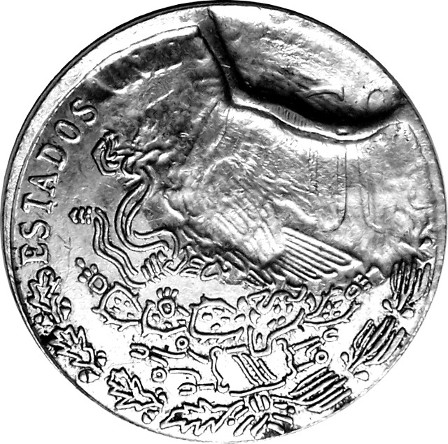
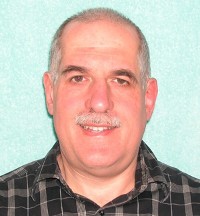
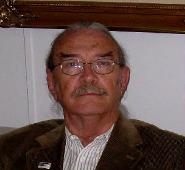

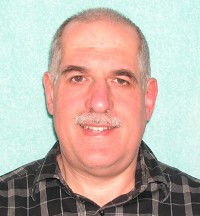
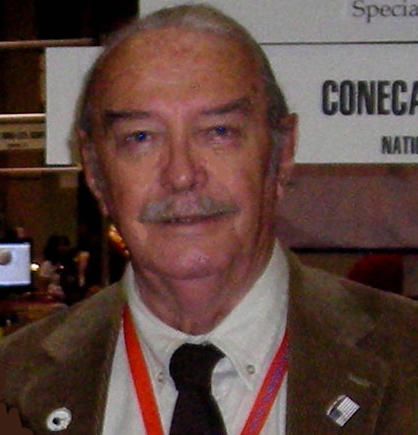
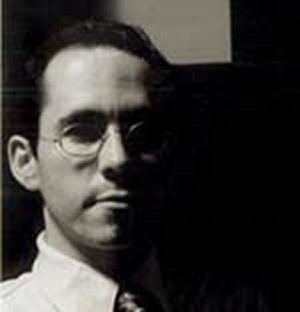


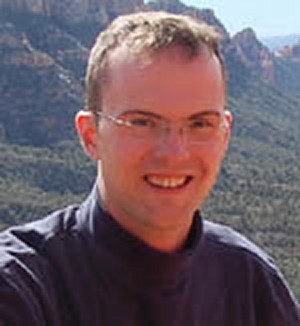
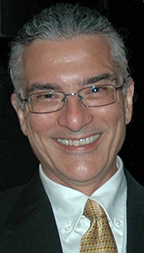
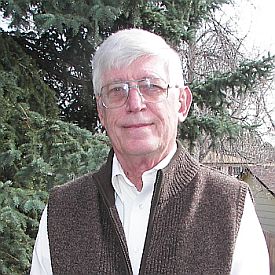
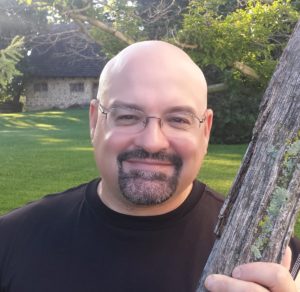
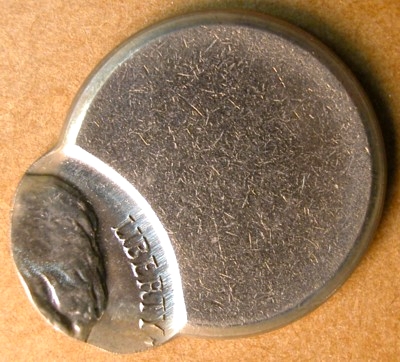
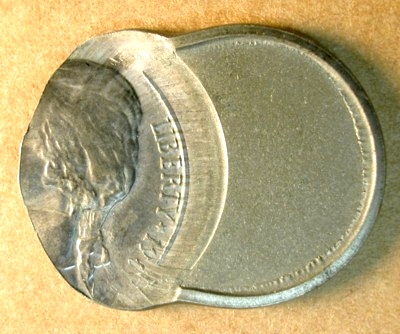
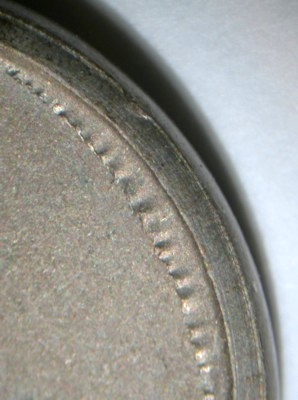
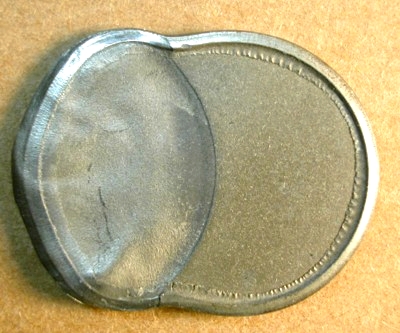
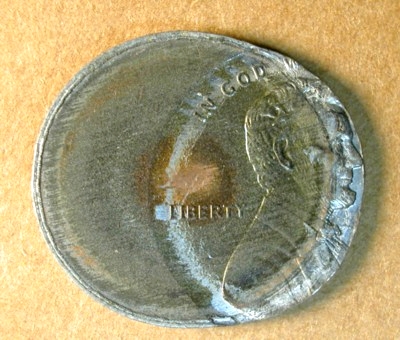
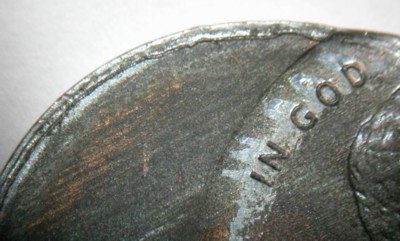
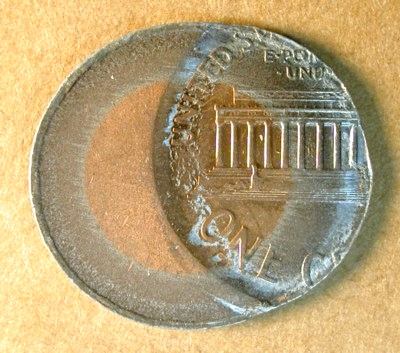
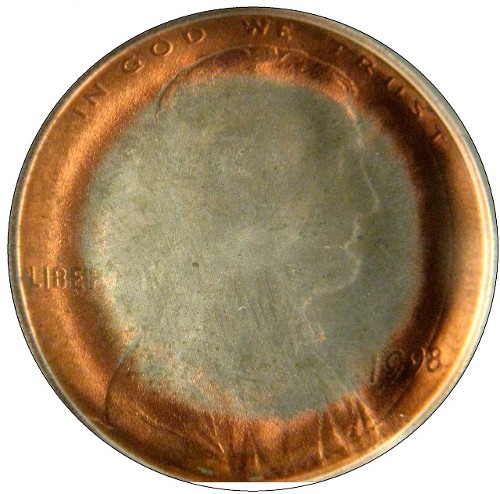
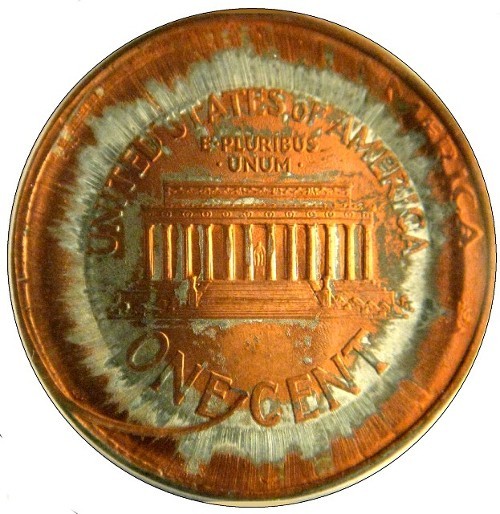
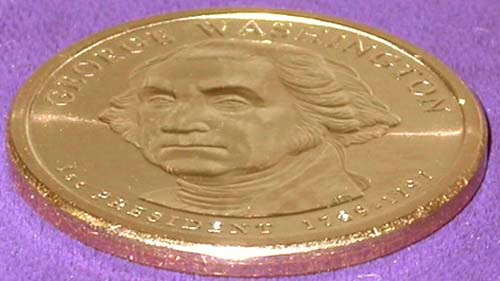
 The above images show a 2007(?) George Washington dollar coin without the edge inscription. Since the mintmark is included in the edge lettering it is unknown which mint this error originated from. Images are courtesy of Fred Weinberg.
The above images show a 2007(?) George Washington dollar coin without the edge inscription. Since the mintmark is included in the edge lettering it is unknown which mint this error originated from. Images are courtesy of Fred Weinberg.